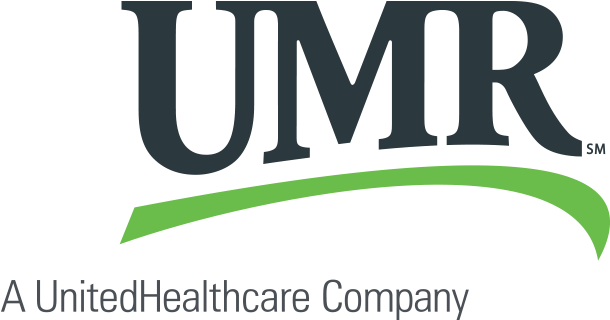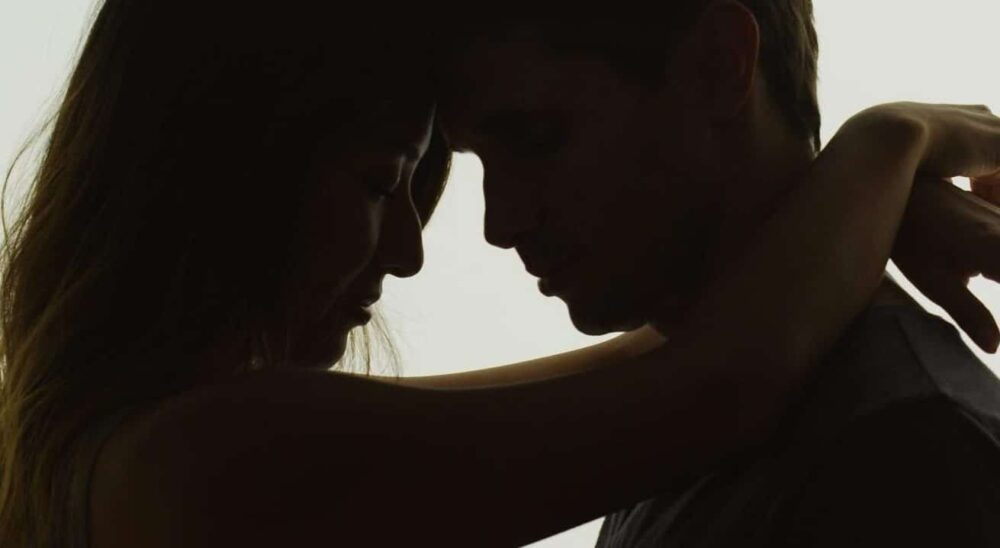Table of Contents
When people discuss substance abuse disorders and other similarly diagnosed disorders, they often refer to the DSM 5 criteria. But what exactly is the DSM 5, and how does it relate to substance abuse disorders?
We are going to look at what the DSM 5 is, what it does for the substance abuse community, and how the DSM 5 substance use disorder guidelines may apply to someone using a substance.
What is DSM 5?
The DSM 5 is the culmination of many years of research by experts around the world in all fields of mental health. The Diagnostic and Statistical Manual of Mental Disorders, Fifth Edition, or DSM 5, complies, classifies, and defines mental disorders to improve general diagnoses, treatment, and research.
The DSM 5 is published by the American Psychiatric Association and includes input from hundreds of international authorities in various mental health fields.
At its core, it is a manual that is the standard handbook used to diagnose mental disorders, like DSM 5 substance abuse disorder, by medical professionals or others in the healthcare field. It is the world’s authoritative guide to recognized and diagnosable mental disorders and provides a clear list for each disorder.
In addition, it helps to standardize the language used by those in the mental health fields to communicate about their cases and establishes consistent descriptions and symptoms used to define and research mental disorders.
It is regularly reviewed and revised when needed to reflect changing diagnoses, symptoms, disorders, or even entire approaches to mental health.
The DSM provides the common mechanisms by which academics can add information for potential revisions in the future so that the development and treatment of mental disorders can continue to advance as science dictates.
Substance Abuse Diagnosis: DSM 5 Criteria
The DSM 5 is the go-to guide for diagnosing mental disorders. That’s why the substance disorder DSM 5 criteria are so important for healthcare professionals. They help accurately assess and diagnose individuals dealing with substance abuse. Built on solid research and clinical experience, these criteria offer a clear framework for understanding and addressing substance use disorders.
Cravings & Urges
Strong cravings or urges to use a substance are a key sign of substance use disorder. These cravings can be persistent and intense, even when the person isn’t currently using or feeling the effects of the substance.
Difficulty Controlling Use
Wanting to reduce to stop taking a substance but not being personally able to stop their use is a strong indicator of substance abuse disorder. They may even express to those close that they want to stop using but are unable.
Increasing Tolerance
Developing a tolerance to the substance, where larger amounts are needed to achieve the desired effects, is another common criterion. This can also manifest as taking the substance more often, as the body gets used to the effects and it begins to wear off sooner.
Neglecting Responsibilities
A very strong indicator that someone has an issue with substance abuse, and one of the DSM 5 substance use disorder criteria is the substance’s use having a negative effect on other parts of the user’s life. This can mean poor job performance or attendance issues, failing school performance, or failure to properly care for their children.
Relationship Problems
One of the hallmarks of a substance abuse problem is when the user abuses a substance to the point that it affects, damages, and even destroys the relationships with those close to them. This can be a substance-causing issue in dating relationships or even family relationships.
Risky Use
Using a substance that could cause or is causing great amounts of physical harm, despite knowing the risks, is another DSM 5 substance use disorder criteria. This can include driving under the influence, using despite health risks, or engaging in other reckless behaviors.
Giving Up Important Activities
This is one that many people will notice since it is one of the biggest changes in the user’s new life. Foregoing social obligations and stopping participating in recreational activities they were once enthusiastic about are very important criteria.
How The DSM 5 Criteria Can Help You Get Treatment
Addiction doesn’t always look like hitting rock bottom. While some cases have drastic consequences, many people with substance use disorders face a gradual decline in their health, relationships, and finances, often without realizing how serious the problem has become.
The DSM 5 criteria provide a simple way to assess your relationship with substances. They’re very straightforward, making self-reflection and even self-assessment possible for many people.
Recognizing yourself in these criteria can be an empowering first step toward recovery, whether it’s seeking therapy, joining a support group, or exploring treatment options.
If you or someone you know is struggling, the DSM-5 criteria can help identify the issue and inspire action. Recovery is possible—it starts with acknowledging the problem.
Treatment Options for a DSM 5 Substance Use Disorder
If you or someone you care about has been diagnosed with a DSM 5 substance use disorder, seeking help from an experienced treatment center is crucial. They can create a treatment plan that fits the individual’s needs while providing them with an effective path to recovery.
By working with premier treatment professionals, the recovering individual can get the attention they need for the difficult, uncomfortable, and potentially dangerous detox and acute withdrawal while supervised by health care professionals. Once the acute withdrawal phase is complete, the recovering individual can work on methods to avoid triggering situations or events, safeguarding their recovery to ensure lasting sobriety.
If you or a loved one is seeking treatment for an addiction, reach out today. We are here to help individuals struggling with drug or alcohol addiction find healing and life-long sobriety. Take the first step toward healing and contact us today.

















